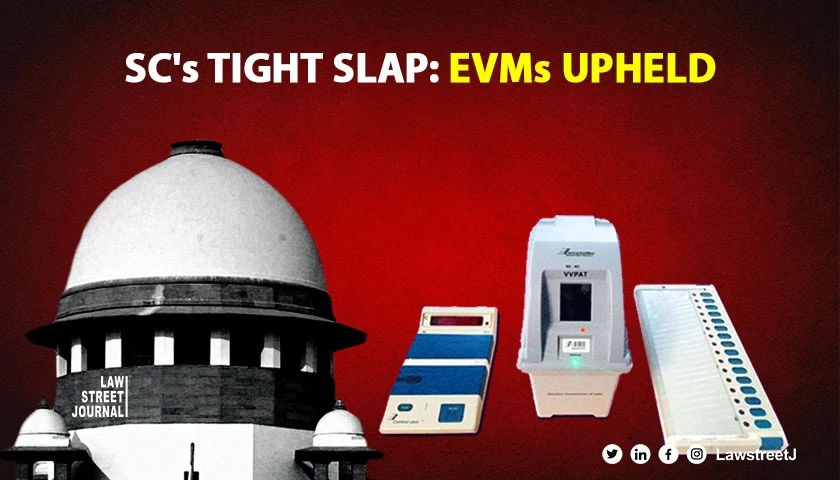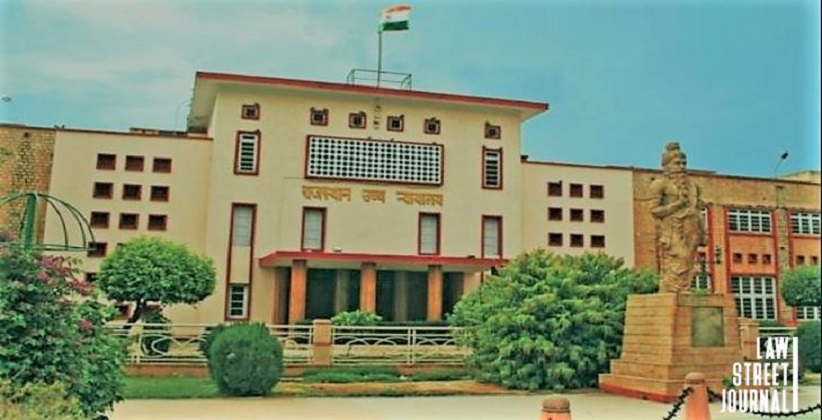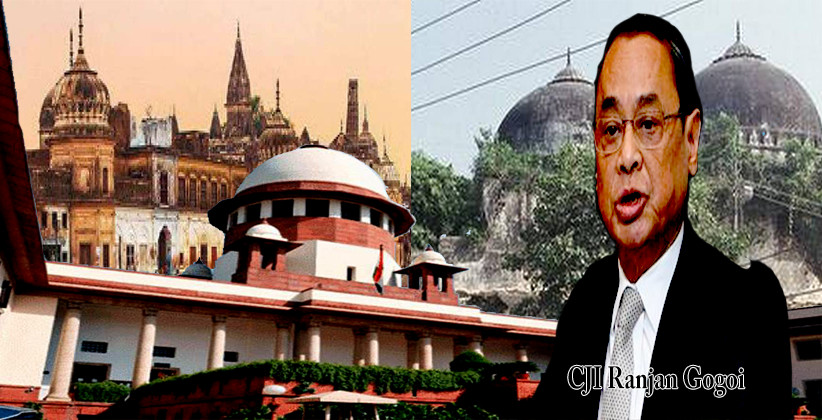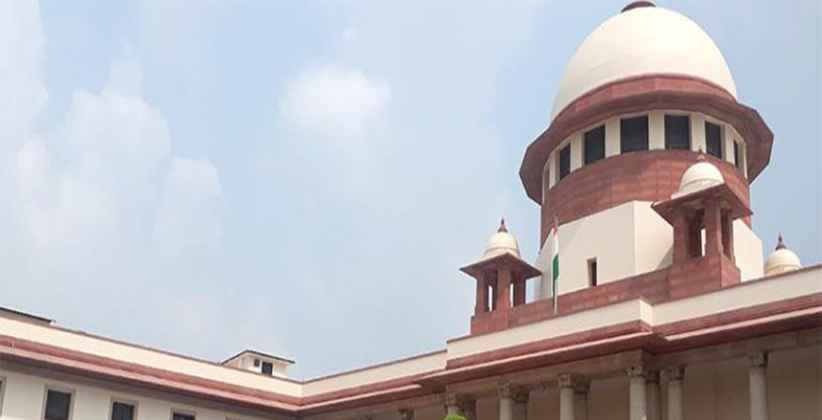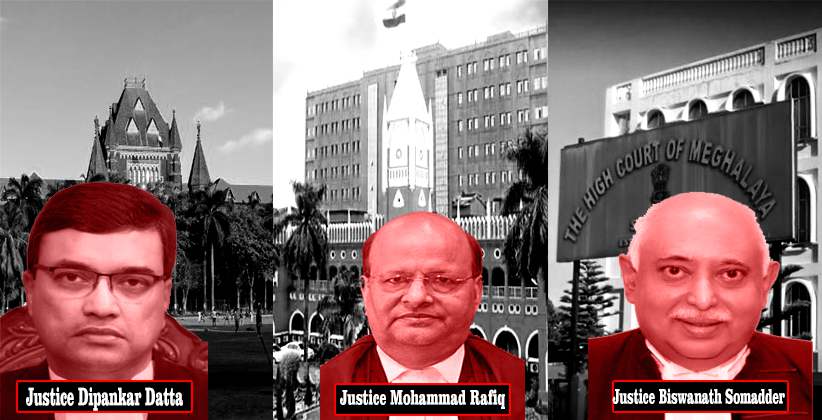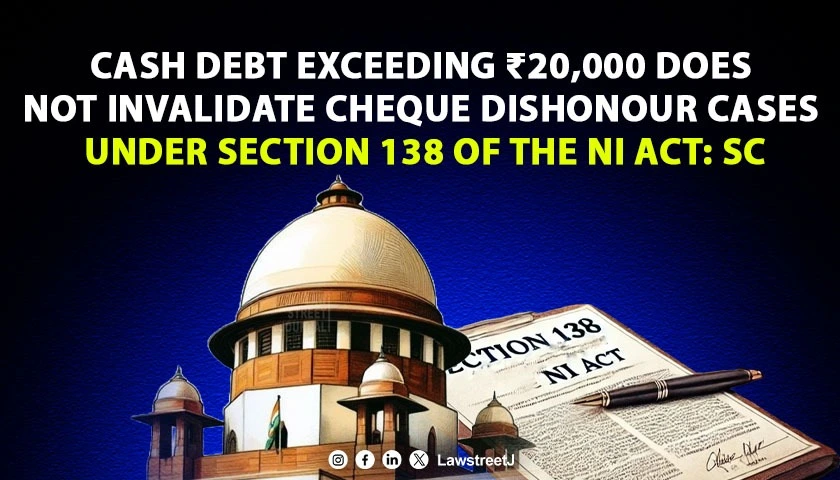NEW DELHI: Amid the ongoing polls for the Lok Sabha, the Supreme Court's judgement on April 26 has come as a tight slap to those who continued to create misinformation about the Electronic Voting Machines.
The verdict by Justice Sanjiv Khanna, second senior most judge to succeed Chief Justice of India D Y Chandrachud and Justice Dipankar Datta put its stamp of approval once again on use of EVMs.
In its judgement, the court noted the Election Commission has conducted random VVPAT verification of five polling booths per assembly segment/constituency for 41,629 EVMs-VVPATs.
Also Read - EVM-VVPAT: SC says vested groups undermining every achievement in recent years
Further, more than 4 crore VVPAT slips have been tallied with the electronic counts of their control units. Not even a single case of mismatch, except one, or wrong recording of votes has been detected, it said.
In the 2019 Lok Sabha Elections, 20,687 VVPAT slips were physically counted, and except in one case, no discrepancy or mismatch was noticed. The discrepancy during mandatory verification of VVPAT slips happened in polling station No 63, Mydukur Assembly Constituency, Andhra Pradesh during the 2019 Lok Sabha Elections. On verification, it was found that the discrepancy had arisen on account of failure of the presiding officer to delete the mock poll data, the court noted.
It is to be noted EVMs were first used in an assembly bye-election in Kerala in 1982. They were used in the General Elections in 2004 and have been used in each and every General and other election thereafter.
Also Read - Supreme Court notice on plea to tally every EVM vote with VVPAT slips
The EVMs are manufactured and supplied to the EC by two public sector undertakings, namely, Bharat Electronics Limited, which functions under the Ministry of Defence, and Electronic Corporation of India Limited, which functions under the Department of Atomic Energy.
More than 118 crore electors have cast their votes since EVMs have been introduced.
In 2019, about 61.4 crore voters had cast their votes in 10.35 lakh polling stations. 23.3 lakh ballot units, 16.35 lakh control units and 17.40 lakhs VVPAT units were used in the 2019 General Elections.
For the purpose of the 2024 General Elections, 10.48 lakh polling stations have been established to enable 97 crore registered voters to cast their votes. 21.60 lakh ballot units, 16.80 lakh control units and 17.7 lakh VVPAT units have been made ready for being used.
"The EVM setup is designed in a rudimentary fashion and the EVM units are standalone and non-networked, that is, they are unconnectable to any other third-party machine or input source. In case any unauthorised attempt is made to access the microcontroller or memory of the EVM, the Unauthorised Access Detection Mechanism (UADM) disables it permanently. The advanced encryption techniques and strong mutual authentication or reception capability rules out the deciphering of communication between the EVM units and any unauthorised interaction with the EVM," the bench noted.
Also Read - SC asks all naysayers of EVMs to avoid blindly criticising system; rejects pleas for 100% cross verification of VVPATs counts [Read Judgment]

